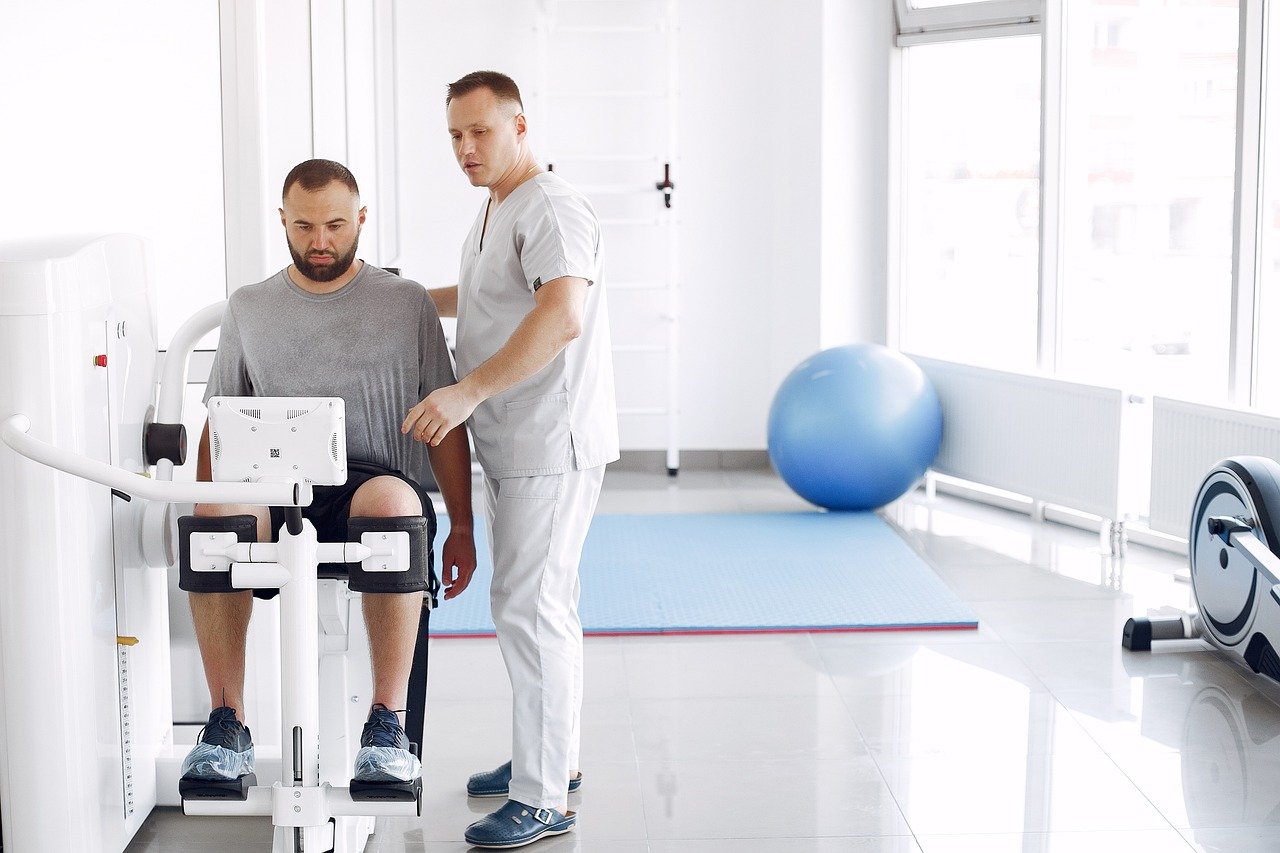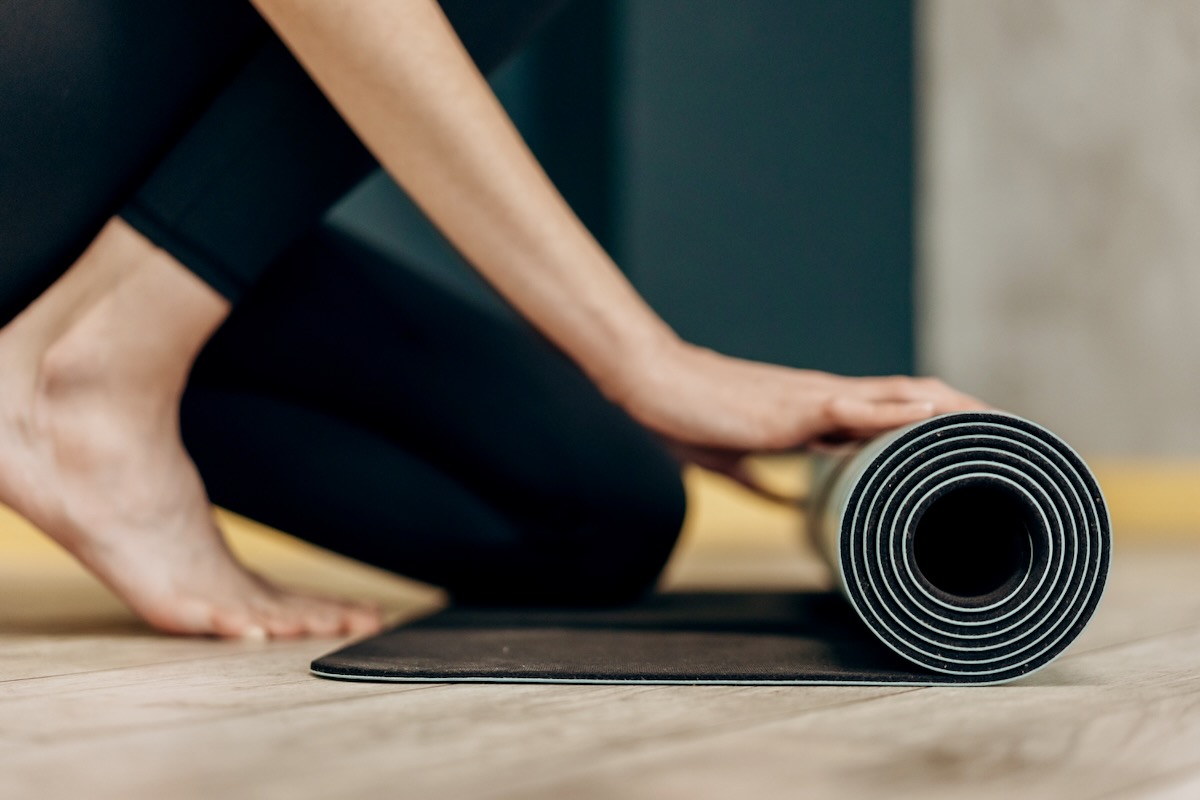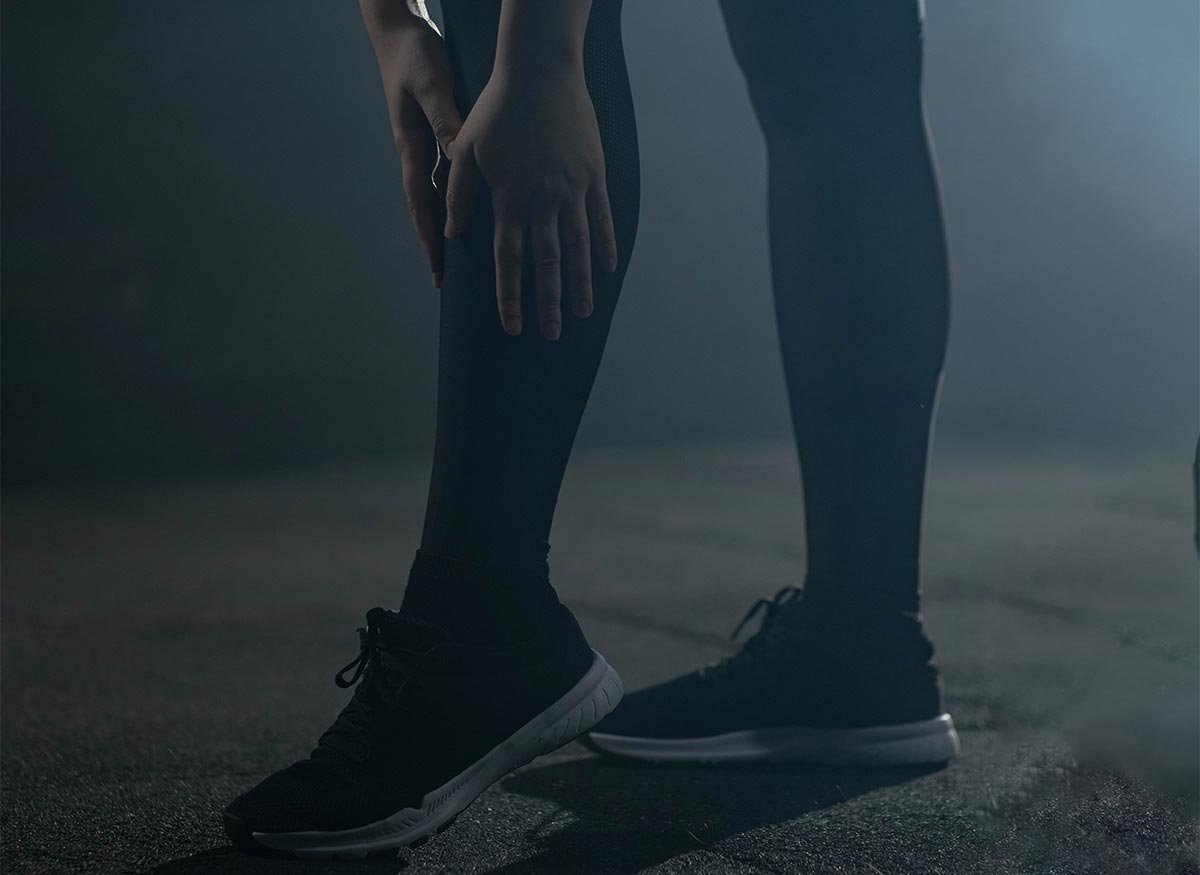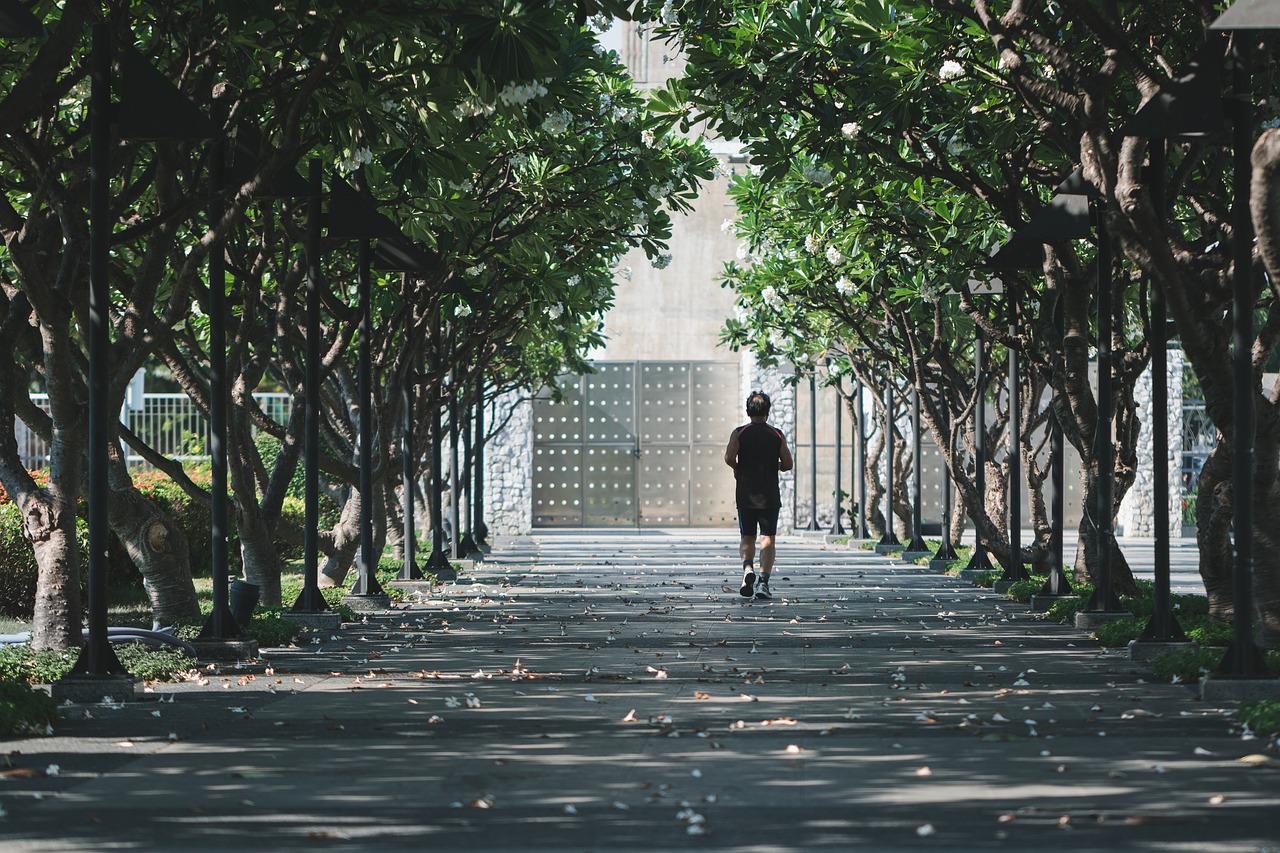The Immediate Aftermath of a Spinal Injury
Spinal injuries are life-altering events that demand immediate medical intervention. Initial efforts focus on stabilizing the patient and assessing the severity of the injury. While these first steps are crucial, they are only the beginning of a long and complex journey toward recovery. Rehabilitation is not just about addressing the physical damage—it’s about restoring independence, building confidence, and achieving the best possible quality of life.
Why Early Rehabilitation Matters
The importance of starting rehabilitation as soon as possible cannot be overstated. Early intervention can significantly improve outcomes, promoting muscle repair, reducing secondary complications, and helping patients regain functionality. Rehabilitation also fosters psychological resilience, enabling individuals to adapt to their new circumstances and rebuild their lives.
Unfortunately, delays in accessing rehabilitation services are common. Specialized equipment such as the Lokomat, a robotic-assisted treadmill for locomotion therapy, and the Armeo, designed to enhance hand and arm function, are not always readily available in public healthcare systems. Transfers to specialized spinal injury units may take time, further delaying critical care. These setbacks can have long-term implications for recovery.
The Role of Private Rehabilitation
For many, private rehabilitation offers a faster route to accessing advanced therapies and equipment. However, the costs can be prohibitively high. This is where specialist spinal injury lawyers can play a vital role. In cases where liability for the injury is established, such as in road traffic accidents, lawyers can secure interim compensation payments. These payments can be used to fund private rehabilitation, ensuring timely access to the best available treatments.
Therapies Involved in Spinal Injury Rehabilitation
Rehabilitation following a spinal injury is a multidisciplinary effort. A variety of therapies are typically included in a comprehensive treatment plan, each tailored to the individual’s specific needs and goals. Physical therapy focuses on improving mobility, strength, and coordination. Techniques may include guided exercises, electrical stimulation, and robotic-assisted movements. Therapists work to maximize the patient’s physical potential, addressing challenges such as muscle atrophy and joint stiffness.
Occupational Therapy
Occupational therapy helps patients regain the skills needed for daily living, such as dressing, cooking, and using assistive devices. Therapists also evaluate the home environment, recommending modifications like ramps, lowered countertops, and accessible bathrooms to facilitate independence.
Adjusting to life after a spinal injury can be emotionally overwhelming. Psychologists and counselors provide essential support, helping individuals cope with grief, anxiety, and depression. Group therapy sessions may also be beneficial, offering a sense of community and shared experience.
Assistive Devices and Technological Advances
Modern technology plays a significant role in spinal injury rehabilitation. Devices such as wheelchairs, orthotic supports, and exoskeletons are carefully selected to meet each patient’s unique needs. Innovations in adaptive technologies, including voice-controlled systems and smart home integrations, further enhance independence.
At the outset of rehabilitation, a specialist consultant collaborates with the patient to establish realistic and meaningful goals. These may range from regaining the ability to stand or walk to achieving greater self-sufficiency in daily tasks. Progress is continuously monitored, and treatment plans are adjusted as needed to ensure that the patient stays on track.
Overcoming Challenges in Rehabilitation
Rehabilitation is a demanding process, both physically and emotionally. Patients often face setbacks, such as pain, fatigue, and frustration. A supportive and well-coordinated rehabilitation team can make a significant difference, providing encouragement and celebrating milestones along the way.
Family involvement is another critical factor. Loved ones can offer practical support and emotional reassurance, helping the patient maintain motivation and resilience. Educational resources for family members can also be beneficial, equipping them with the knowledge and skills needed to provide effective care.
The Long-Term Perspective
Rehabilitation doesn’t end when a specific program is completed. For many individuals, it’s a lifelong commitment to maintaining health and functionality. Regular follow-ups with healthcare providers, ongoing physical activity, and the use of assistive devices are essential components of long-term care.
Advances in medical research continue to offer hope for individuals with spinal injuries. Emerging treatments, such as stem cell therapy and nerve regeneration techniques, hold the potential to further enhance recovery outcomes in the future.
A Journey of Resilience and Recovery
Rehabilitation following a spinal injury is a complex and multifaceted process. It requires early intervention, access to specialized therapies, and a holistic approach that addresses physical, emotional, and practical needs. While the journey can be challenging, the combination of advanced medical care, innovative technology, and unwavering support can lead to meaningful and lasting improvements in quality of life.
For those navigating the path of rehabilitation, it’s important to remain hopeful and proactive. Every small step forward represents progress, and with determination and the right resources, a fulfilling and independent life is within reach.













